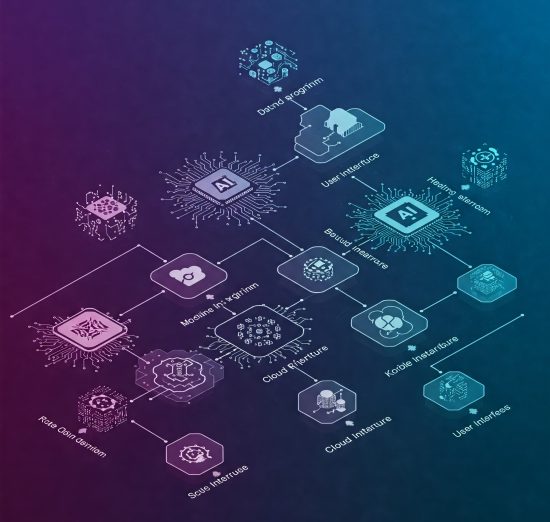By admin
How Startups Can Launch AI-Driven Products Without Building an In-House Team
”Efficiently Harness AI Capabilities with Expert Outsourcing and Strategic Partnerships“
Outsource AI Development to Experienced Partners
Key Insight: Expertise matters more than resources. Outsourcing AI development to a specialized partner allows startups to access cutting-edge technology, without bearing the cost
of building an in-house team.
Advantages:
- Cost savings on recruitment and training
- Accelerated product development timeline
- Access to specialized knowledge and talent
- Flexibility to scale resources as needed

Focus on Building a Scalable AI MVP
Key Insight: When developing AI-driven products, focus on launching an MVP (Minimum
Viable Product) that provides immediate value to customers. The MVP can later be refined and
expanded upon based on user feedback and evolving needs.
- Problem Definition – Focus on a clear business problem that AI can solve..
- Data Collection & Preparation – Gather clean, relevant data to train your AI model.
- Prototype Development – Develop a functional AI model to showcase the product’s potential.
- User Testing – Validate the AI model with real users, iterating on feedback.
Leverage Pre-Built AI Tools and Frameworks
Key Insight: Startups can save time and money by utilizing existing AI frameworks, tools, and
APIs that are already built for common AI use cases (e.g., natural language processing,
computer vision, recommendation systems).
- Google TensorFlow – An open-source AI framework for building neural networks.
- IBM Watson – A suite of pre-trained models for natural language processing and machine learning.
- OpenAI GPT – A pre-trained language model for chatbots and content generation.
- AWS SageMaker –A managed service for building, training, and deploying AI models.


Build Long-Term Partnerships for AI Innovation
Key Insight: Startups should treat their AI development partner as a long-term collaborator
rather than a one-time service provider. By forming an ongoing partnership, startups gain
access to continuous innovation, model refinements, and scalable AI solutions.
- Continuous AI optimization and iteration
- Ongoing support for scaling the AI product
- Knowledge transfer and internal upskilling for startup teams
- Access to emerging AI technologies
Plan for Scalability and Maintenance
Key Insight: AI products are not “set and forget.” To maintain their effectiveness, they require
ongoing monitoring, data input, and adjustments based on user feedback.
Considerations for Long-Term Success:
- Scalability: Ensure that the AI infrastructure can scale with increasing user demands.
- Maintenance: Schedule periodic updates to AI models based on real-world usage and feedback.
- Data Integration: Continuously feed new data into AI models to maintain their relevance and accuracy.
